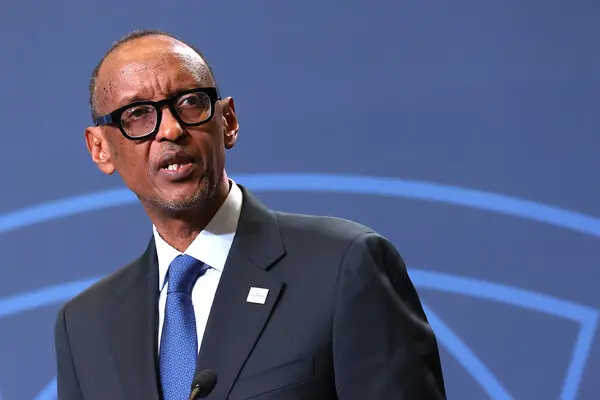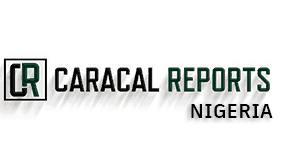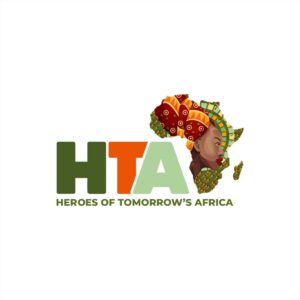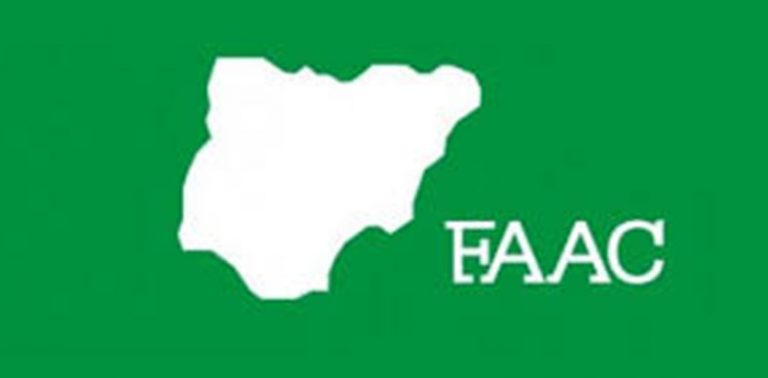AFRICA, FEATURED STORIES, news, Opinion, TRENDING, WORLD
(SPECIAL REPORT) London Of Africa: How Paul Kagame Built Rwanda From Genocide Rubbles To Modern Economy

The story of Rwanda’s remarkable transformation from a nation scarred by genocide to a beacon of progress and stability is intrinsically linked to the leadership of President Paul Kagame.
Assuming office in the aftermath of the devastating 1994 genocide, Kagame’s visionary leadership and strategic policies have been instrumental in propelling Rwanda’s economic development.
This expose by Caracal Reports Nigeria delves into the rise of Kagame and examines his pivotal role in building Rwanda’s economy to its present state.
After coming in 2000, young Kagame embarked on a journey to rebuild his shattered nation and propel it towards economic prosperity.
Through strategic policies, innovative initiatives, and a commitment to social cohesion, Kagame has not only revived Rwanda’s economy but has also established a model for post-conflict recovery worldwide.
Born in October 1957, Paul Kagame emerged during Rwanda’s darkest hours. The 1994 genocide claimed the lives of nearly a million people and left the nation in ruins.
A former military officer, he played a crucial role in ending the genocide by leading the Rwandan Patriotic Front’s (RPF) armed forces. His leadership during this tumultuous period laid the foundation for his subsequent rise to power.
In 2000, Kagame assumed the presidency and embarked on an ambitious journey to rebuild Rwanda. His leadership style was characterised by pragmatism, discipline, and a focus on national unity and reconciliation. Kagame’s commitment to transforming Rwanda’s economy became evident through his policies and strategies.
Economic Strategies and innovations
Kagame’s administration prioritised macroeconomic stability, which attracted foreign investments and laid the groundwork for sustainable growth. Sound fiscal management and policies aimed at curbing inflation and managing public debt were crucial elements of this approach.
Investment in Infrastructure
Recognizing the need for modern infrastructure to stimulate economic growth, Kagame’s government invested heavily in building roads, energy facilities, and communication networks. The development of the Kigali Special Economic Zone (SEZ) further attracted foreign investors and boosted Rwanda’s industrial growth.
Promotion of Private Sector
Kagame’s administration championed a business-friendly environment by streamlining regulations and reducing bureaucratic hurdles. These efforts facilitated the growth of the private sector, fostering innovation and entrepreneurship across various industries.
Agricultural Transformation
Agriculture is a cornerstone of Rwanda’s economy. Kagame’s government initiated programmes to modernize agriculture, improve productivity, and increase farmers’ incomes. The Land Tenure Regularization Program contributed to land security and incentivized investment in agriculture.
Human Capital Development
Recognizing that a skilled workforce is essential for economic growth, Kagame’s government invested in education and healthcare. The “One Laptop per Child” program aimed to equip the youth with digital skills, while the “Vision 2020 Umurenge” program extended healthcare access to remote areas.
Tourism and Services
Kagame identified tourism as a sector with significant growth potential. Efforts to market Rwanda as a unique and safe tourist destination, especially focusing on gorilla trekking, led to a substantial increase in tourism revenue. The service sector also witnessed growth, with Rwanda becoming a regional conference hub.
Regional Integration
The president also recognized the importance of regional cooperation for economic growth. Rwanda’s participation in regional organizations like the East African Community (EAC) and the African Continental Free Trade Area (AfCFTA) underlines its commitment to enhancing trade and economic integration.
Technology and Innovation
Kagame aspired to position Rwanda as a technology-driven nation. Initiatives like the Rwanda Innovation Fund and the establishment of technology hubs aimed to nurture local innovation and attract tech companies.
Paul Kagame’s ascent to power in Rwanda during its darkest hour and his subsequent leadership have been instrumental in driving the nation’s impressive economic development. His visionary policies and strategic initiatives have transformed Rwanda from a shattered nation into a model of progress, stability, and economic growth. From macroeconomic stability to investment in critical infrastructure, agriculture, human capital, and innovative technologies, Kagame’s contributions have been multifaceted and far-reaching.
However, it’s important to acknowledge that Kagame’s presidency has also sparked debates around issues of political freedoms and human rights. While Rwanda’s economic progress under his leadership is widely recognized, discussions about the balance between economic development and political openness continue.
As Rwanda continues its journey toward further prosperity, the legacy of Paul Kagame will remain closely tied to the nation’s transformation. His story serves as an inspiring testament to the power of leadership, determination, and strategic planning in shaping a nation’s destiny.


